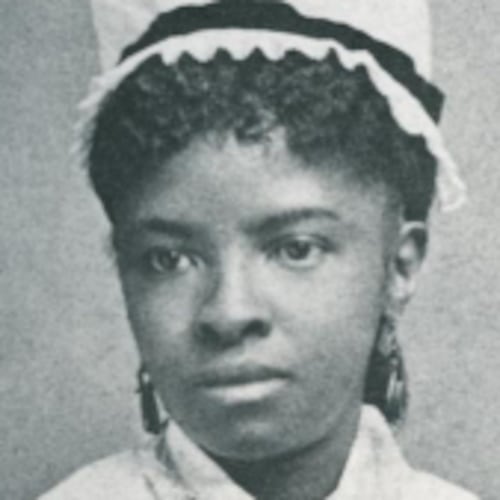Jean-Michel Basquiat made his mark on black history in the 1980s, becoming one of the most prominent painters of the late 20th century.
The Brooklyn-bred artist, born Dec. 22, 1960, to a Haitian father and Puerto Rican mother, initially gained notoriety with a friend as the graffiti duo “SAMO©.”
Known for their social aphorisms on classism and racism, the pair parted ways after about three years, but Basquiat used these same political messages in his solo pieces.
The high school dropout received his first major break when his work, composed of stick figures, animals, symbols and words, was featured in a group show.
He even caught the attention of his idol, the iconic artist Andy Warhol, collaborating with him on a variety of projects.
Soon, his drawings became so sought after that admirers were willing to pay up to $50,000 for an original.
Basquiat traveled across the world to such countries as Germany and Ivory Coast to exhibit his paintings.
His rise to fame not only helped spotlight the African-American and Latino experience, but it also ushered in neo-expressionism, a movement where creatives returned to portraying the human body and other recognizable objects in response to the abstract art of the 1970s.
He created artwork until his untimely death from a drug overdose in 1988. He was 27.
Since his death, Basquiat's designs have been printed on clothing, sung about in music, featured in galleries including Atlanta's High Museum in 2016, and placed in the homes of celebrities like Madonna, Jay-Z and Leonardo DiCaprio.
Celebrate Black History Month
Throughout February, we'll spotlight a different African-American pioneer in the daily Living section Monday through Thursday and Saturday, and in the Metro section on Fridays and Sundays. Go to myAJC.com/black-history-month for more subscriber exclusives on people, places and organizations that have changed the world, and to see videos on the African-American pioneer featured here each day.
About the Author
Keep Reading
The Latest
Featured



